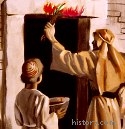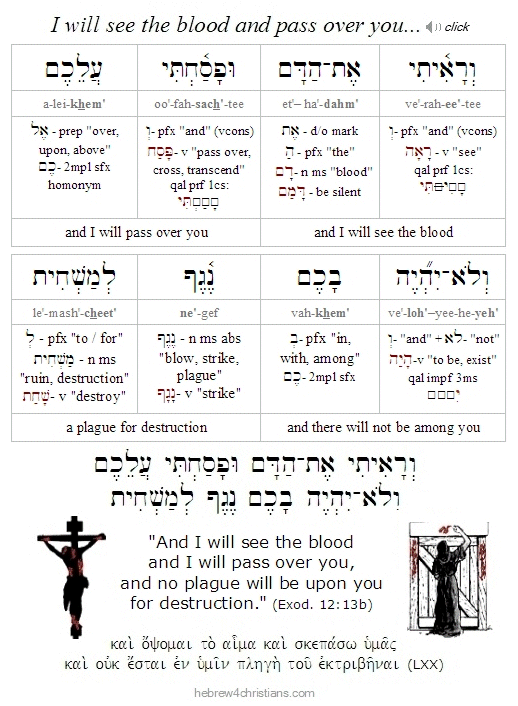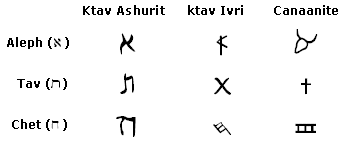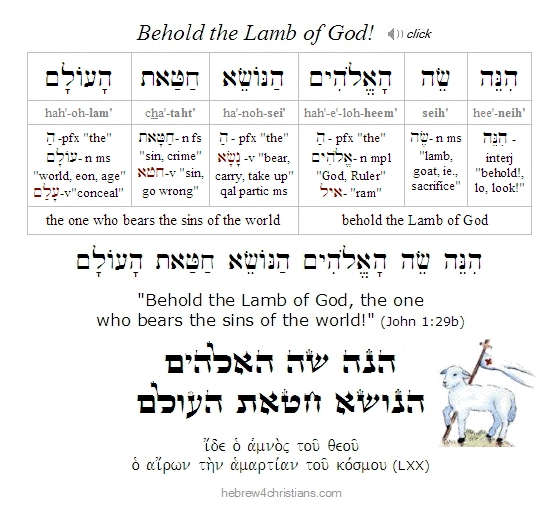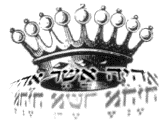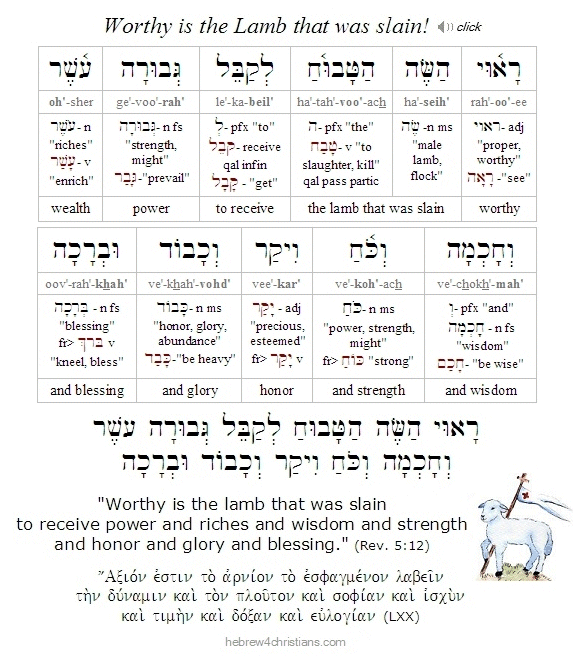|
|
|||||||||||||||||||||
 |
|||||||||||||||||||||
 |
|||||||||||||||||||||
|
|
||||||||||||||||||||||||||||
|
In our Torah for this week (parashat Bo), we saw how the Israelites were commanded to slaughter the Passover and daub its blood on the two sides and top of the doorway of their houses (Exod. 12:7). The LORD would then see the blood and "pass over" their dwellings during the plague of the death of the firstborn. Based on this description, we might assume the blood was put on the outside of the door, though Rashi reasoned that it was placed on the inside, where they themselves could see it as a sign for them (i.e., הָיָה הַדָּם לָכֶם לְאוֹת [Exod. 12:13]). Indeed, after the blood was applied, the doors were shut and no one was permitted to leave the house until the following morning (Exod. 12:22). The blood of the sacrifice was intended to be seen as a sign for those who were trusting in the redemption of God. Likewise, by faith we apply the blood of the lamb to the "inside" of our hearts...
At any rate, there is no need to try to find a "literal sign" formed by the smearing of the blood, since the blood of the sacrifice itself was the sign that foreshadowed the greater sacrifice of Yeshua as the Lamb of God (שֵׂה הָאֱלהִים). In other words, it is clear that the sacrifice of Yeshua completely fulfills and reveals the inner meaning of Passover. הִנֵּה שֵׂה הָאֱלהִים hee·nei · seh · ha·e·lo·heem "Behold the Lamb of God
רָאוּי הַשֶּׂה הַטָּבוּחַ לְקַבֵּל גְבוּרָה rah·oo'·ee · ha·seih · ha·tah·voo'·ach · le·ka·beil · ge·voo·rah "Worthy is the Lamb who was slain, to receive power and wealth and wisdom Hebrew Lesson
|
|
Hebrew for Christians |
|||||
|
|||||
